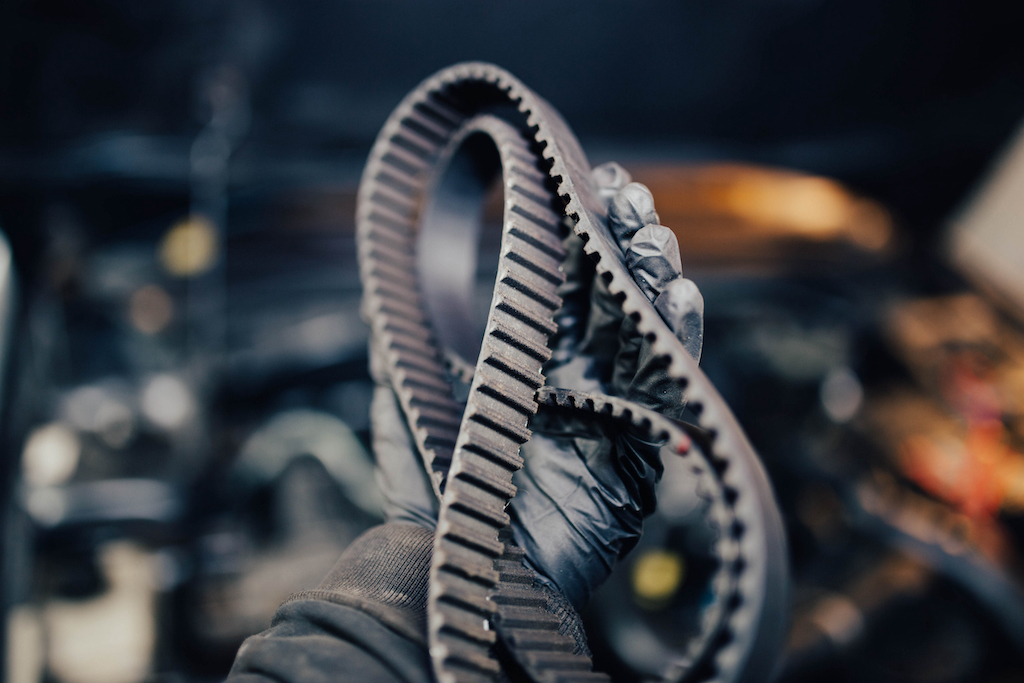Timing & Accessory Belt Replacement Tyler, TX
The belts & hoses components in a car are crucial parts of the vehicle’s engine and cooling system. They serve specific functions to ensure the engine operates efficiently and the cooling system functions correctly.
Overall, belts and hoses in a car are essential for the proper functioning of the engine, electrical system, power steering, air conditioning, and cooling system. Regular inspection and maintenance of these components are vital to ensure they remain in good condition, as damaged or deteriorated belts and hoses can lead to engine overheating, loss of power, and other significant mechanical problems if not addressed promptly.

